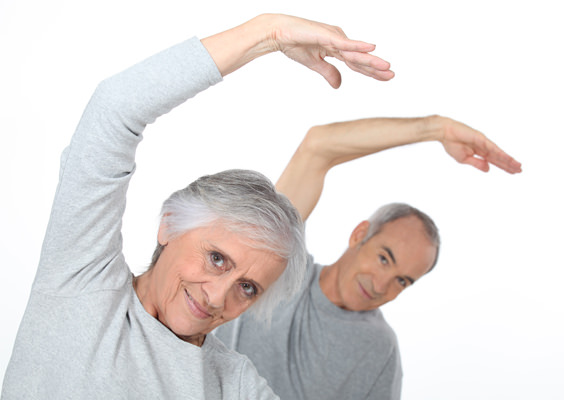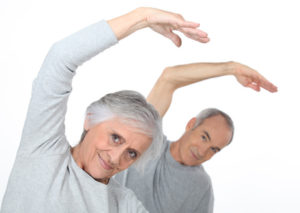
When I first came up
with the idea of PACE, people thought I was crazy. That was back in the 1980s, when I was a medical student.At the time, I was focused on sports medicine and rehabilitation, and I was working with the University of South Florida gymnastics team. I was trying to improve their fitness levels — particularly their lung capacity.
But traditional aerobic and cardio exercise just wasn’t working.
I was stunned to discover that all that endurance work was making their heart and lungs LESS powerful.
So I shifted the team’s training focus from “how long” they worked out to how intensely they exerted themselves.
When they switched to shorter sessions of higher intensity training, a strange thing happened… their fitness level and performance improved dramatically.
That’s when I realized traditional exercise advice was failing us.
After discovering your lung power is the number-one predictor of how long you’ll live, I wanted to create a program that incrementally increased lung power — no matter what your fitness level. And that was the start of my PACE (Progressively Accelerating Cardiopulmonary Exertion) program.
In a minute, I’m going to show you how you can boost your fitness and energy levels, and take years off your biological age — in just 12 minutes a day.
With PACE, your goal is to hit a peak of intensity in a short timeframe and then rest. By making small increases in intensity over time, your lung power can keep expanding.
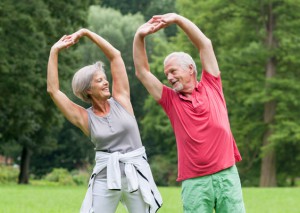
But the real beauty of PACE is its anti-aging power — and I’ve recommended it to patients thousands of times over the years. After only a few weeks of doing PACE, even my older patients soon developed the lung power of much younger people — even those with heart disease!
Building up your lung power also allows you to get more life-giving oxygen flowing throughout your body. PACE pumps more oxygen-rich blood to your vital organs. Studies show that it works up to 18 times better than light exercise, such as walking.
PACE gives you:
- 400% more oxygen to your lungs;
- 1733% more oxygen to your muscles;
- Nearly double the oxygen to your brain;
- 331% more oxygen from your heart.
PACE also ramps up your energy. You see, short bursts of intense work spark the tiny “power plants” or mitochondria inside each of your cells.
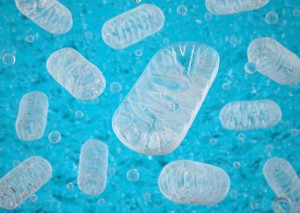
When you’re young you have lots of these generators. You feel like you have boundless energy. But your supply drops off as you age. The key to staying young is to create MORE mitochondria to produce more energy.
Working with my own patients, I’ve found the most effective way to boost the number of mitochondria in your cells is with a PACE workout. And science backs me up on this.
Swedish researchers studied what happens in muscle cells during bouts of short, high-intensity exercise.2 They asked a group of people to perform 30 seconds of maximum exertion cycling followed by a brief period of rest. Repeating this just six times triggered the generation of healthy new mitochondria in ALL of the subjects.
PACE also helps reverse aging by making your telomeres longer.
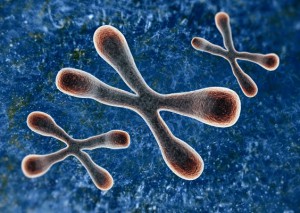
Telomeres are protective caps at the end of each cell’s DNA. The longer your telomeres, the younger your cells act. But with every cell division, telomeres get shorter and cells act older. Eventually, you start developing the chronic diseases of aging.
PACE can turn that around. In a study of 2,400 twins, researchers found that people who did PACE-like exercise had longer telomeres than those who did no exercise or got too much exercise. In fact, their telomeres looked a full nine years younger. 3
As an added bonus, PACE can protect you from cancer. A 16-year study in the British Journal of Sports Medicine shows that high intensity exercise can cut your risk of getting cancer in half. 4
I designed PACE to focus on all these age-reversing strategies.
- It builds lung power…
- boosts oxygen…
- multiplies mitochondria…
- lengthens telomeres and…
- fights cancer.
It’s safe at any age. And it doesn’t matter if you’re out of shape. You can start out easy, at your own level. Gradually, you increase your intensity as each move becomes easier.
I often recommend that patients begin with my favorite low-impact moves…
The Cross-Crunch
You don’t need to warm up, because the warm up is part of the progression you’ll make as you repeat the exercise. And you don’t need expensive equipment or a gym membership. All you need is a few feet of space.
- Stand upright with your legs together, arms extended in front of your chest, and elbows bent.
- Lift your right knee toward your left elbow. At the same time, swing your right arm down and behind you.
- Return to starting position.
- Repeat motion on the other side.
Alternate those two marching-style movements until you reach your desired intensity. Then rest and recover. At first, you’ll have to take longer breaks, but they’ll get shorter as you build your natural strength.
If you’re just beginning, you can modify the cross-crunch by bringing your knee up and touching your hand to it instead of your elbow.
Try doing three sets like this. To make it a true PACE workout, increase the challenge. Instead of marching, add a little hop or even jump. At the same time, try to shorten your recovery time between sets.
Start slowly. It will take a few sessions to build up your stamina, strength, and balance.
If you want to learn some other good PACE exercises, go to my YouTube channel: https://www.youtube.com/user/AlSearsMD/videos. I have more than 30 different exercises and a complete workout to help you get started.
Even better, if you’re in the South Florida area, we’re starting PACE classes in January. They’re being held in a state-of-the-art studio at my new Sears Institute for Anti-Aging Medicine. Just call my staff at 561-784-7852 for details. Or you can visit my website at www.searsinstitute.com.
To Your Good Health,

Al Sears, MD, CNS
1Adapted from: von Ardenne, M. Oxygen Multistep Therapy. Thieme. 1990. p. 144
2Larsen FJ, Schiffer TA, Ørtenblad N, et al. “High-intensity sprint training inhibits mitochondrial respiration through aconitase inactivation.” FASEB J. 2015 Oct 9. pii: fj.15-276857.
3Cherkas LF, Hunkin JL, Kato BS, Richards JB, Gardner JP, Surdulescu GL, Kimura M, Lu X, Spector TD, Aviv A. “The association between physical activity in leisure time and leukocyte telomere length.” Arch Intern Med. 2008;168(2):154-8.
4J A Laukkanen et al. “Intensity of leisure-time physical activity and cancer mortality in men,” Br J Sports Med 2011;45(2):125-9.

